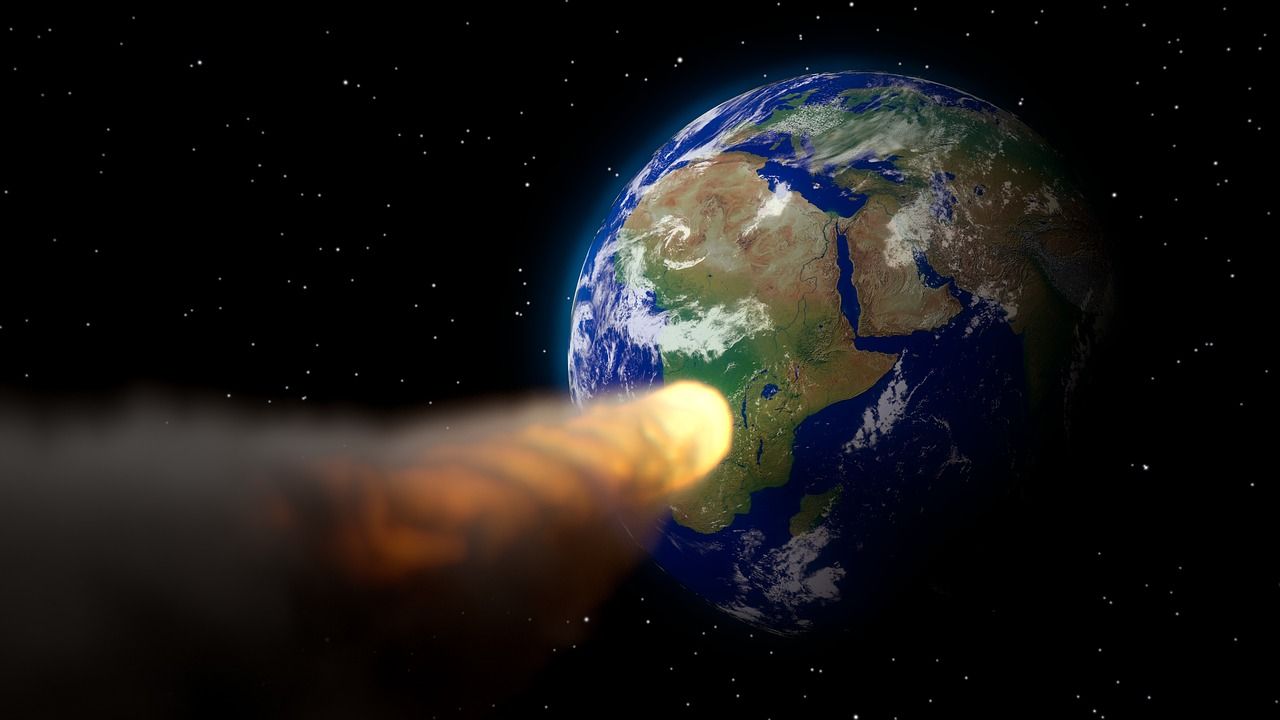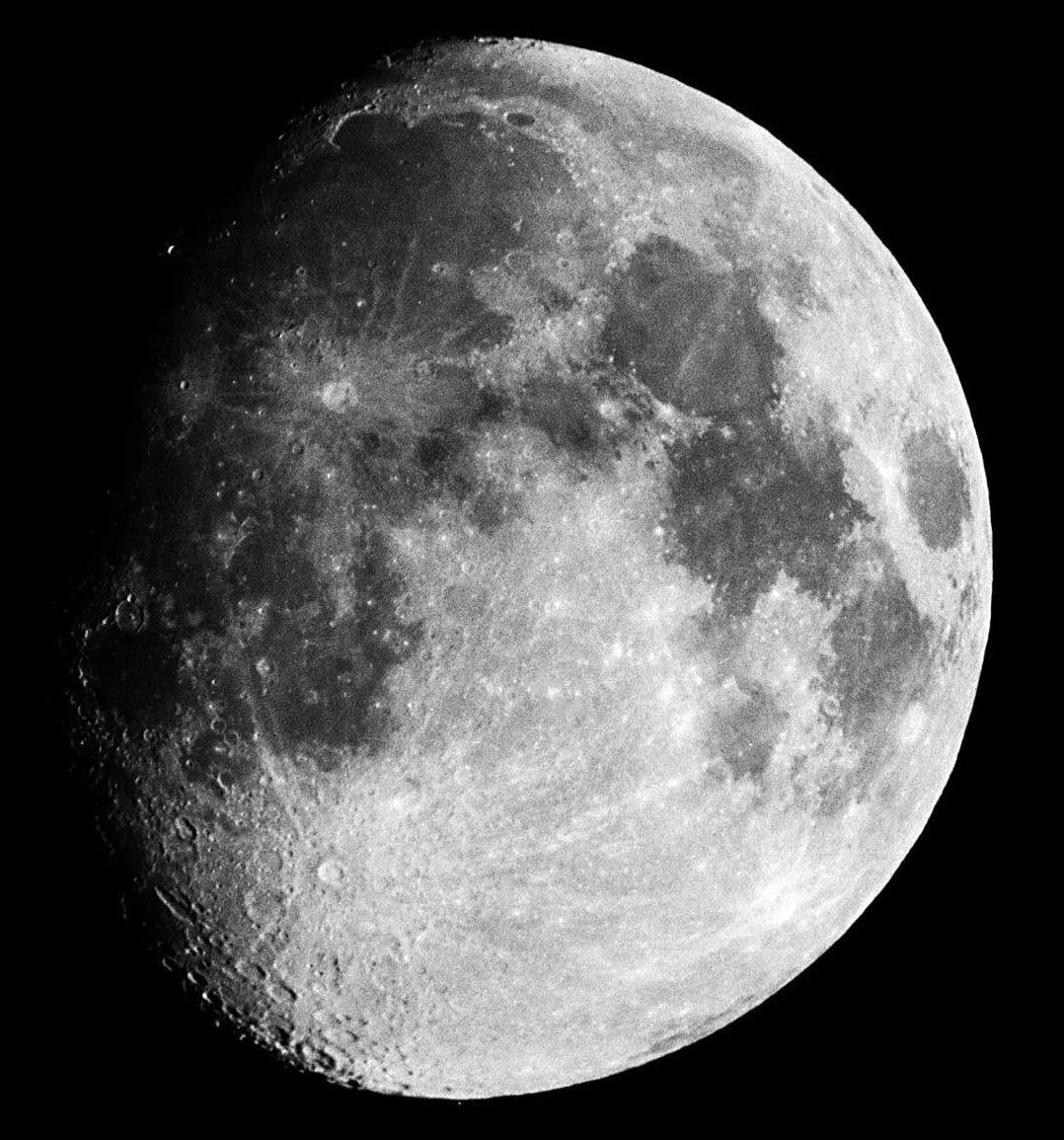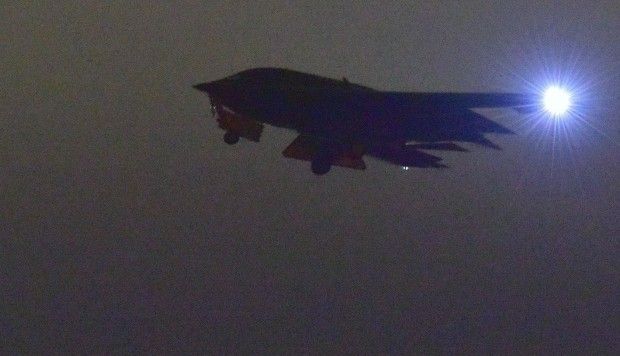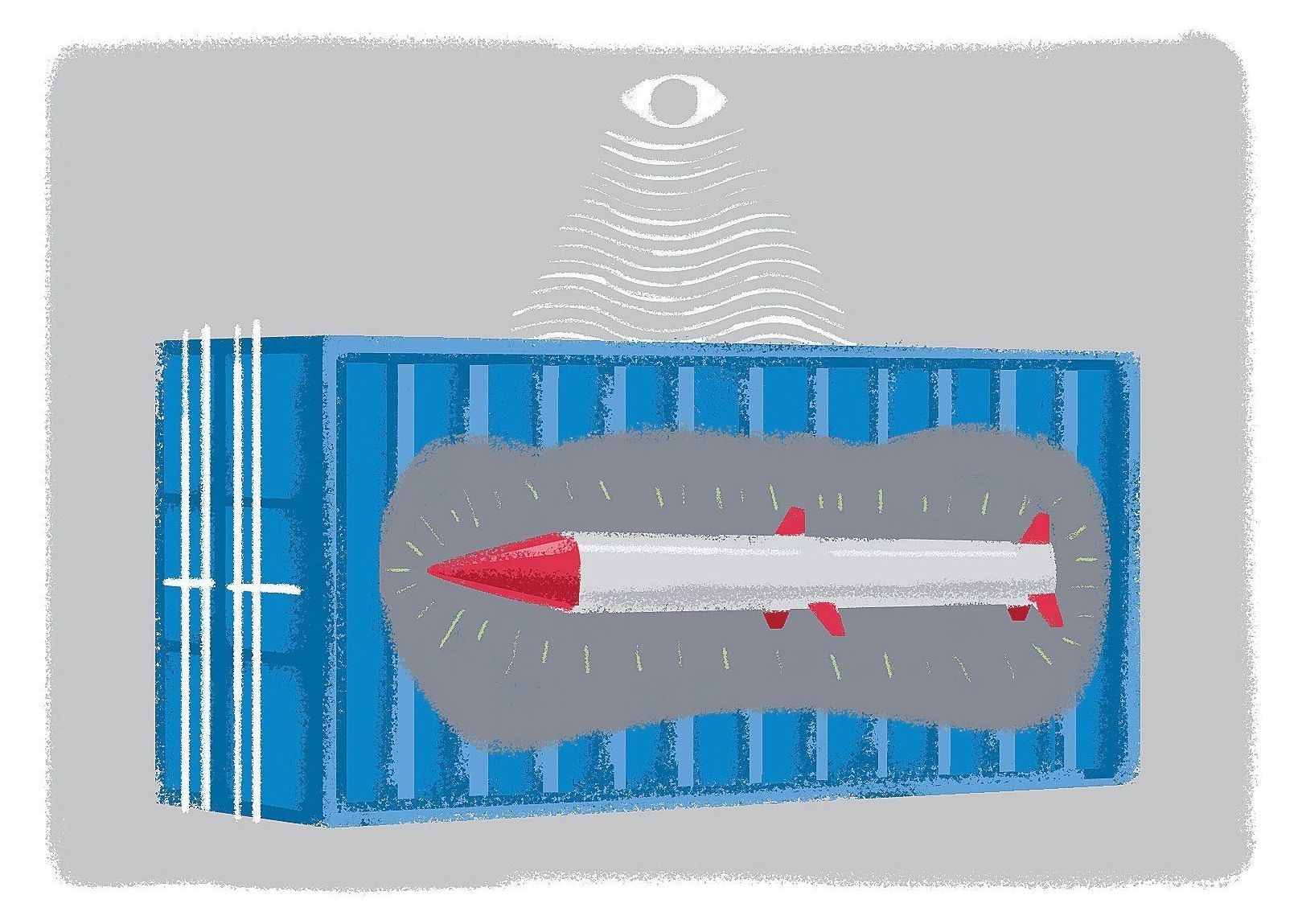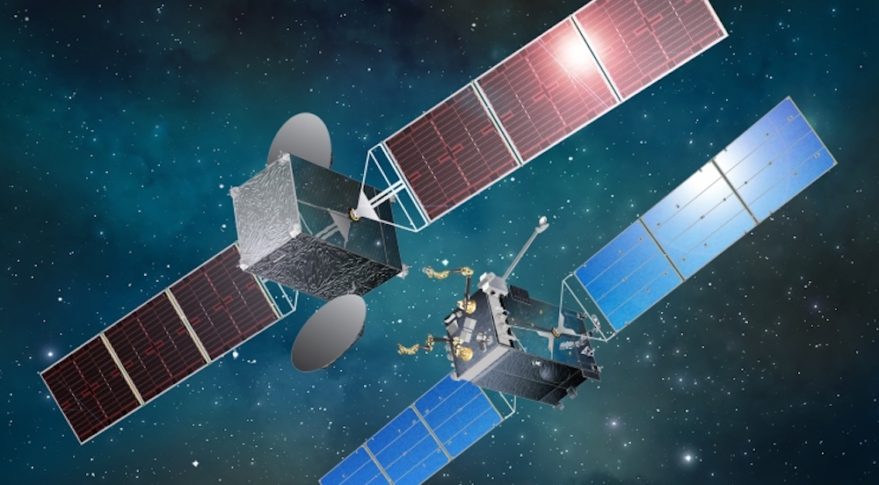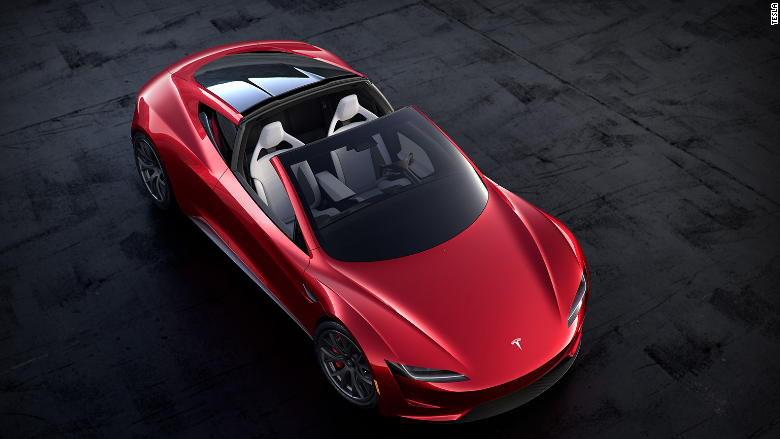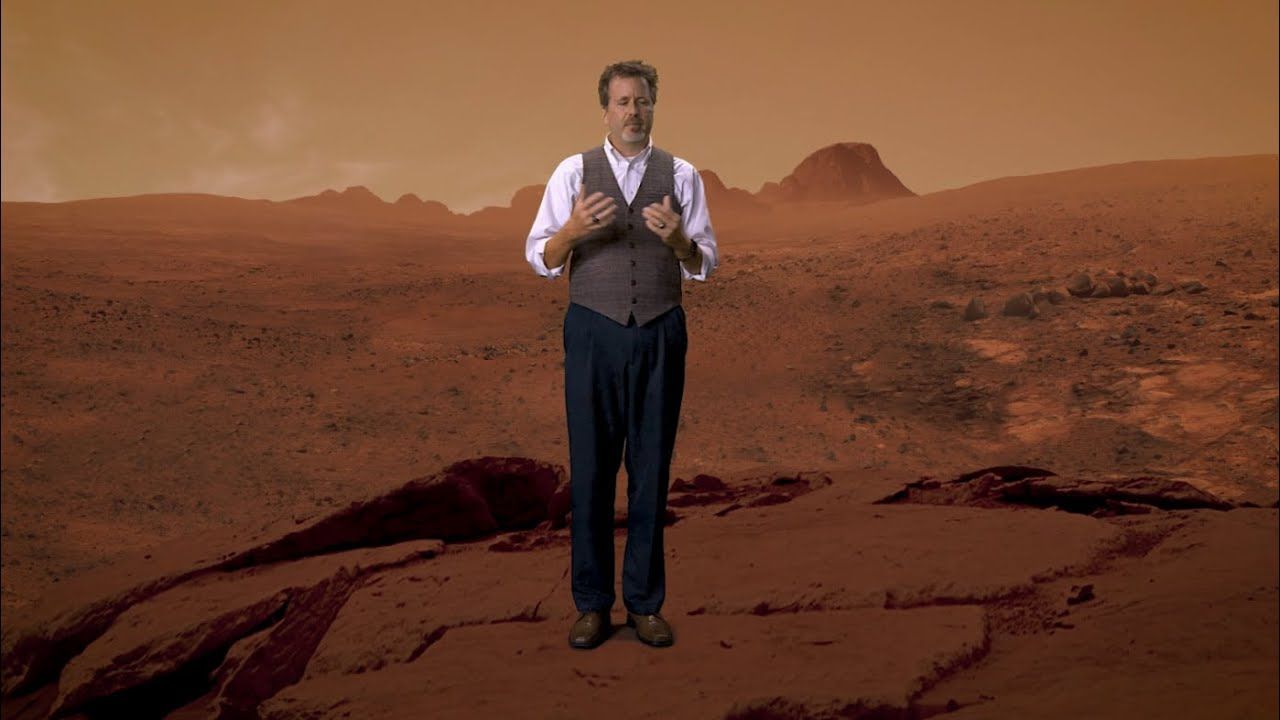Dec 8, 2017
Huge Asteroid Headed Towards Earth Tomorrow
Posted by Genevieve Klien in category: space
NASA has released a warning that a huge asteroid is headed towards Earth tomorrow. While it’s likely that the huge asteroid may pass us by, it’s set to be the closest encounter with an object of that size this year.
The 2017 W12, a newly discovered asteroid, is expected to pass us by at around 9:45 pm. Fortunately, it seems as if the huge asteroid will pass us by at a distance of 1.32 million kilometers. While that’s not a very big distance when you’re talking about space, it’s definitely far enough away that we shouldn’t have to worry about it. Experts predict that there’s currently no threat of 2017 W12 hitting out planet.
After discovery by the Pan-STARRS survey in Hawaii last month, the asteroid was recently listed on the “Earth lLose Approaches” page as a near-Earth object (NEOs). Scientists are expecting that within a year, we’ll see three major near-misses. The 2006 XY asteroid will soon pass Earth as well, on December 14.
Continue reading “Huge Asteroid Headed Towards Earth Tomorrow” »
